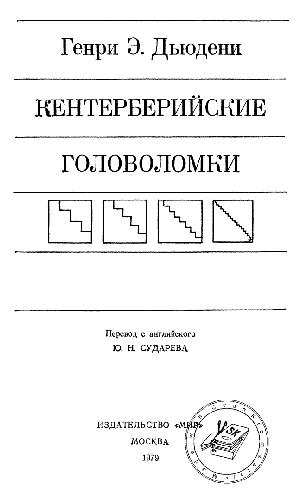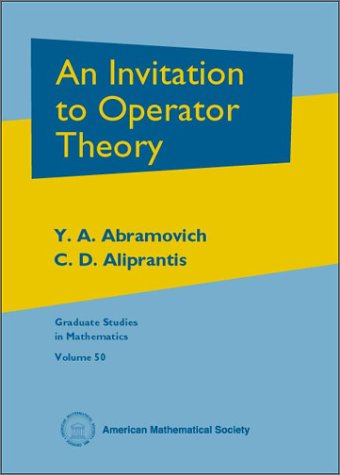- 2 402 202 книги
- Поиск
libcats.org










The Mind's Arrows: Bayes Nets and Graphical Causal Models in Psychology
Clark GlymourIn recent years, small groups of statisticians, computer scientists, and philosophers have developed an account of how partial causal knowledge can be used to compute the effect of actions and how causal relations can be learned, at least by computers. The representations used in the emerging theory are causal Bayes nets or graphical causal models. In his new book, Clark Glymour provides an informal introduction to the basic assumptions, algorithms, and techniques of causal Bayes nets and graphical causal models in the context of psychological examples. He demonstrates their potential as a powerful tool for guiding experimental inquiry and for interpreting results in developmental psychology, cognitive neuropsychology, psychometrics, social psychology, and studies of adult judgment. Using Bayes net techniques, Glymour suggests novel experiments to distinguish among theories of human causal learning and reanalyzes various experimental results that have been interpreted or misinterpreted--without the benefit of Bayes nets and graphical causal models. The capstone illustration is an analysis of the methods used in Herrnstein and Murray’s book The Bell Curve; Glymour argues that new, more reliable methods of data analysis, based on Bayes nets representations, would lead to very different conclusions from those advocated by Herrnstein and Murray.
Скачать книгу бесплатно (pdf, 1.60 Mb)
Читать «The Mind's Arrows: Bayes Nets and Graphical Causal Models in Psychology»
Читать «The Mind's Arrows: Bayes Nets and Graphical Causal Models in Psychology»
EPUB | FB2 | MOBI | TXT | RTF
* Конвертация файла может нарушить форматирование оригинала. По-возможности скачивайте файл в оригинальном формате.
Популярные книги за неделю:

Проектирование и строительство. Дом, квартира, сад
Автор: Петер Нойферт, Автор: Людвиг Нефф
Размер книги: 20.83 Mb

Система упражнений по развитию способностей человека (Практическое пособие)
Автор: Петров Аркадий НаумовичКатегория: Путь к себе
Размер книги: 818 Kb

Сотворение мира (3-х томник)
Автор: Петров Аркадий НаумовичКатегория: Путь к себе
Размер книги: 817 Kb

Радиолюбительские схемы на ИС типа 555
Автор: Трейстер Р.Категория: Электротехника и связь
Размер книги: 13.64 Mb
Только что пользователи скачали эти книги:

Кентерберийские головоломки
Автор: Дьюдени Г.Категория: Mathematics, Popular-level
Размер книги: 20.46 Mb

Шпионские страсти. Электронные устройства двойного применения
Автор: Е. А. Рудометов, Автор: В. Е. Рудометов
Размер книги: 2.26 Mb

An invitation to operator theory
Автор: Y. A. Abramovich, Автор: Charalambos D. Aliprantis
Размер книги: 5.24 Mb

Самодельные электронные устройства для дома: Справочник домашнего мастера
Автор: Сидоров Игорь НиколаевичКатегория: радиоэлектроника
Размер книги: 4.09 Mb

Rethinking Racism: Emotion, Persuasion, and Literacy Education in an All-White High School
Автор: Associate Professor Jennifer Seibel Trainor PhD
Размер книги: 3.14 Mb

Integration of algebraic functions
Автор: Trager B.M.Категория: Cs_Computer science, CsCa_Computer algebra
Размер книги: 1.43 Mb






